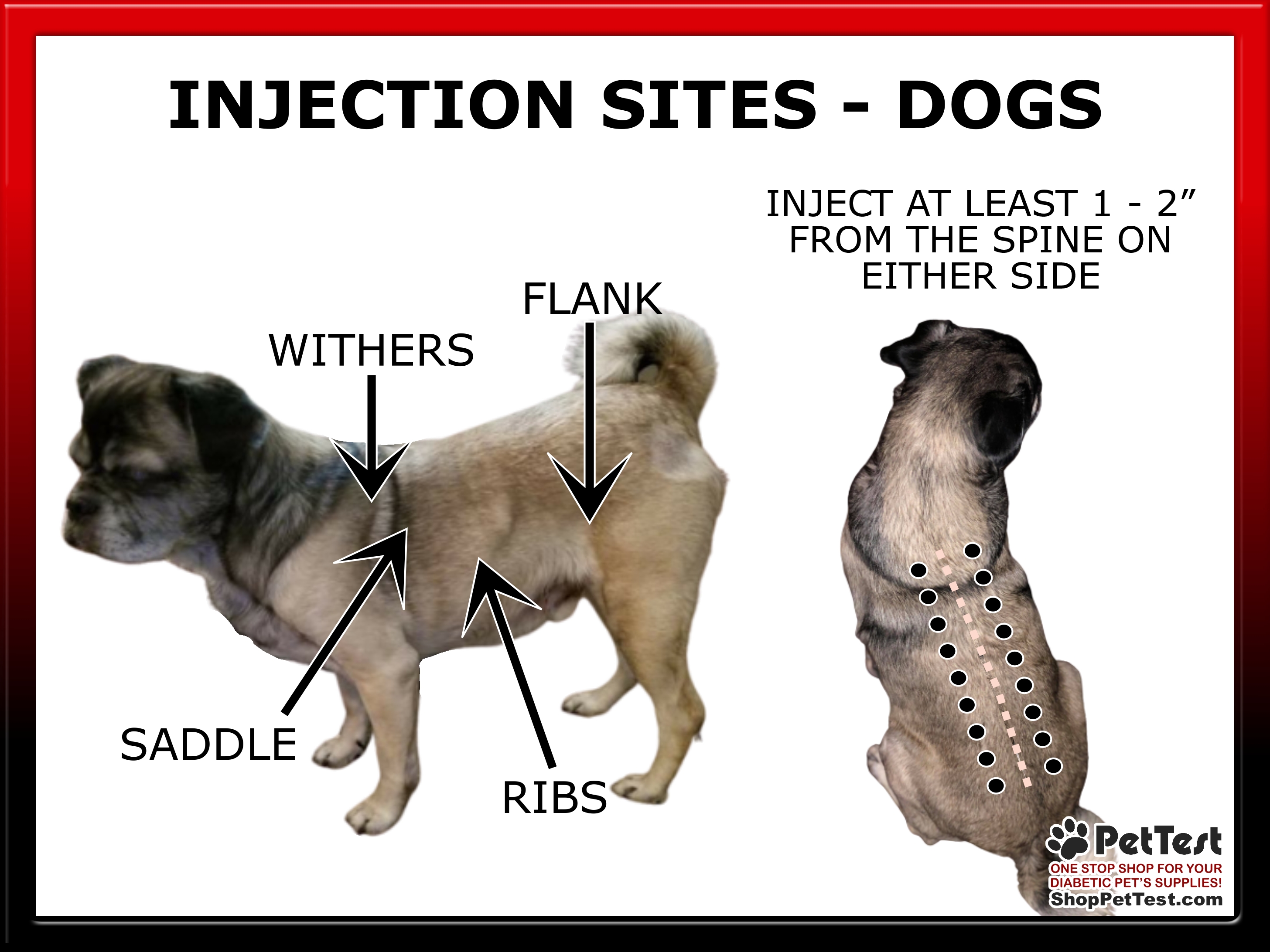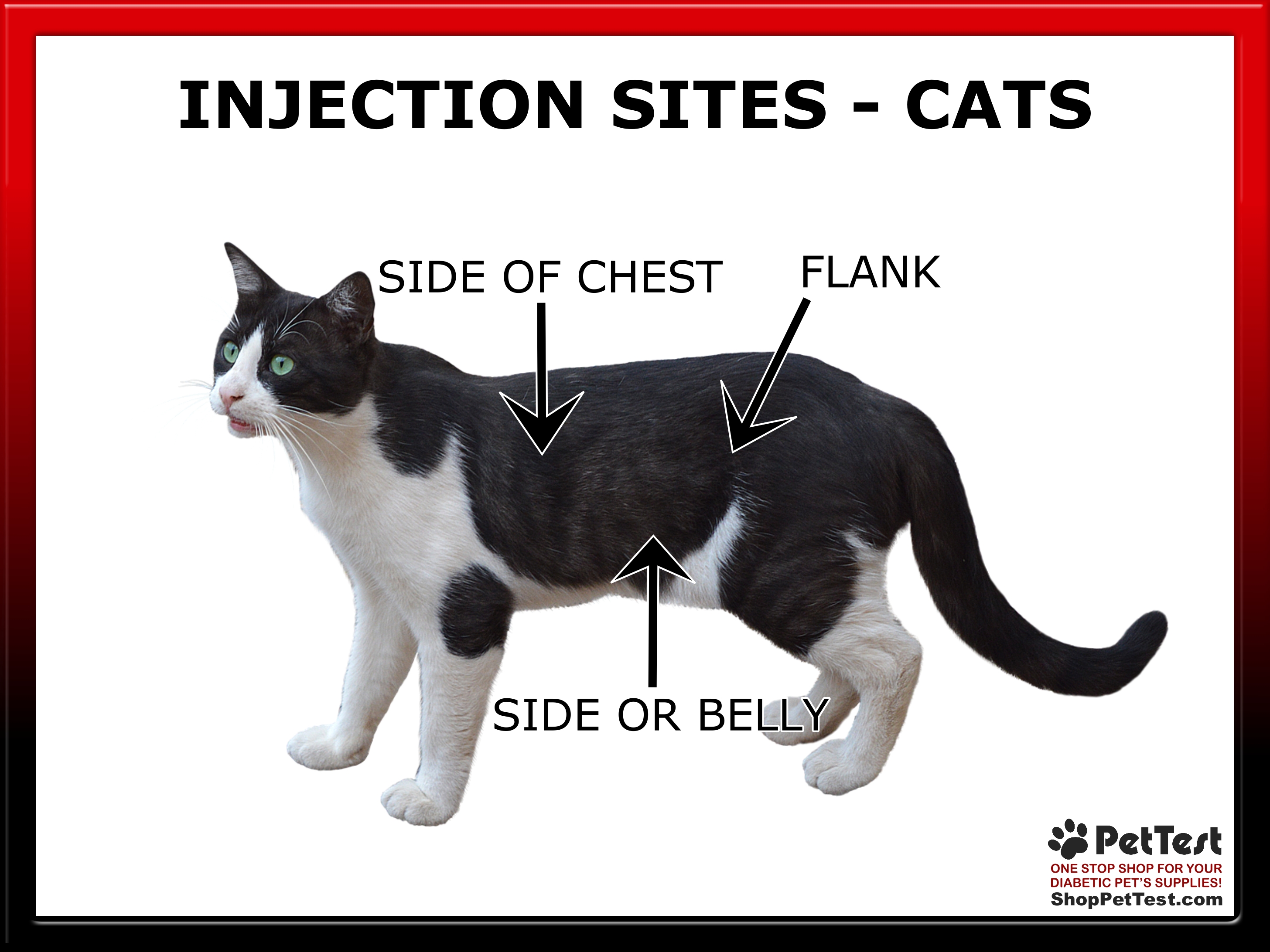Mistakes to Avoid When Giving Insulin to a Diabetic Pet
Being new to the world of canine and feline diabetes can be overwhelming and usually we are given a quick tutorial on how to give insulin, handed insulin and syringes, a handout about insulin and then we are sent on our way home.
That is exactly what happened after Lucy was diagnosed with diabetes and acute pancreatitis. I was shown how to give insulin and subcutaneous fluids, given insulin, syringes, prescription food and a Vetsulin handout. I felt ill equipped and quickly got online to watch videos on giving insulin because watching the vet tech give insulin once was not enough for me. I was nervous about the entire situation but knew that I needed to do this for Lucy, and I needed to do it well.
I made mistakes and they were corrected but I wasn’t always told the why’s of my mistakes. Today I am going to go over common mistakes that we make along with the why’s.
Grab a cup of your favorite caffeinated beverage and let’s jump in.
Not testing blood glucose levels before injecting – testing blood glucose levels is a crucial step when treating diabetes. If you are not testing fasting blood glucose levels before feeding and giving insulin you don’t know that it is safe to give insulin. Blood glucose levels are always fluctuating and there is a possibility that blood glucose is below 200 mg/dL (11.11 mmol/L).
Not warming insulin before injecting – cold insulin can burn. Make sure that you are warming the filled syringe between your fingers for a minute before injecting.
Not shaking Vetsulin/Caninsulin – this is the only insulin that must be shaken to mix properly per the manufacturer Merck Animal Health. Milky insulin like NPH should be rolled gently to mix. Clear insulin does not need to be mixed. Always read product inserts!
Using the wrong syringes – insulin comes in different concentrations, so it is important to use the correct syringes with your pet’s insulin. U40 insulin has 40 parts of insulin per 1 mL and U100 insulin has 100 parts of insulin per 1 mL. U40 insulin like Vetsulin/Caninsulin and Prozinc require U40 syringes. U100 insulin like NPH (Novolin N, Humulin NPH) and Lantus requires U100 syringes.
Injecting in the same spot constantly – injecting in the same spot causes scar tissue buildup. Scar tissue buildup impedes insulin absorption.
Injecting in the scruff - The scruff area is thicker so absorption rate is poor. Scar tissue builds up quickly in the scruff area and scar tissue can slow that absorption of insulin.
Here are graphics for sites to inject your pet.


These are all quite common issues we see in our group and I hope that today’s blog has helped you with mistakes made when giving insulin to a diabetic pet.
If you have any questions, comments or suggestions, please start a conversation below.
For a printable version of this blog click here.
Until next week stay comfy, cool and caffeinated!
Michelle Miller-Matlock
AAHA Certified Diabetes Educator
Administrator of Diabetic Dog Owners on Facebook
Founder/Administrator of DDO: Diabetic Dog Owners University
Want to learn all you can in a simple and easy to follow format? Please join DDO-U: Diabetic Dog Owners University, sponsored by PetTest.
Be sure to join the PetTest family on Facebook and Instagram. PetTest has fun, interactive posts AND they have fabulous giveaways every week!
Do you need a blood glucose meter kit for your diabetes arsenal? Click here to purchase one today!
Links to PetTest syringes:
- PetTest U-40 Insulin Syringes 31G, 0.3cc, 5/16" (8 mm) - https://shoppettest.com/advocate-pettest-u-40-insulin-syringes-31g-3cc-5-16-100-box/
- PetTest U-40 Insulin Syringes 31G, 0.5cc, 5/16” (8 mm) - https://shoppettest.com/advocate-pettest-u-40-insulin-syringes-31g-5cc-5-16-100-box/
- PetTest U-40 Insulin Syringes 30G, 0.5 cc, ½” (12.7 mm) - https://shoppettest.com/pettest-u-40-insulin-syringes-30g-5cc-half-inch
- Advocate U-100 Insulin Syringes 30G, 0.3cc, 5/16" (8 mm) - https://shoppettest.com/advocate-syringes-30g-3cc-5-16-100-box/
- Advocate U-100 Insulin Syringes 30G, 0.3cc, 1/2" (12.7 mm) - https://shoppettest.com/advocate-u-100-insulin-syringes-30g-3cc-1-2-100-box-1/
- Advocate Pen Needles - 31G, 5/16” (8 mm) - https://shoppettest.com/advocate-pen-needles-31g-x-8mm-100-box/

